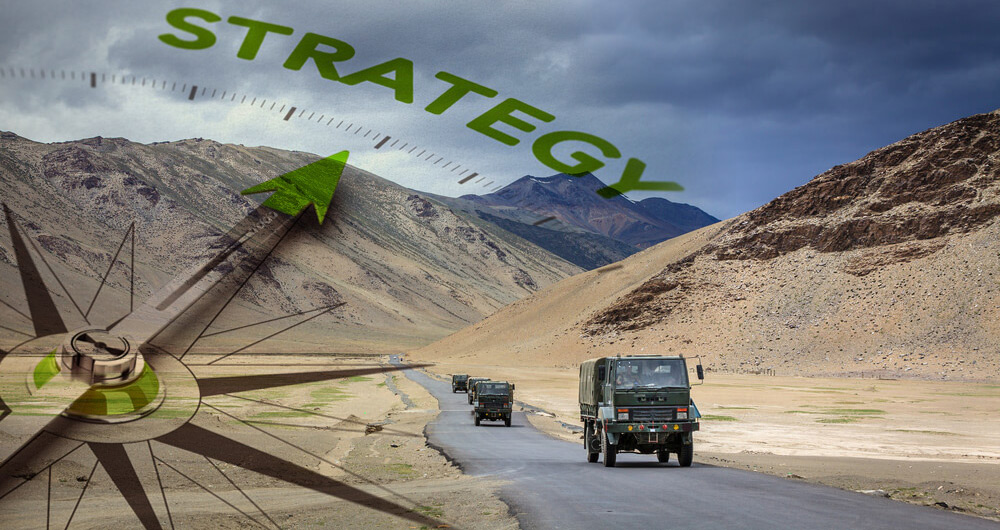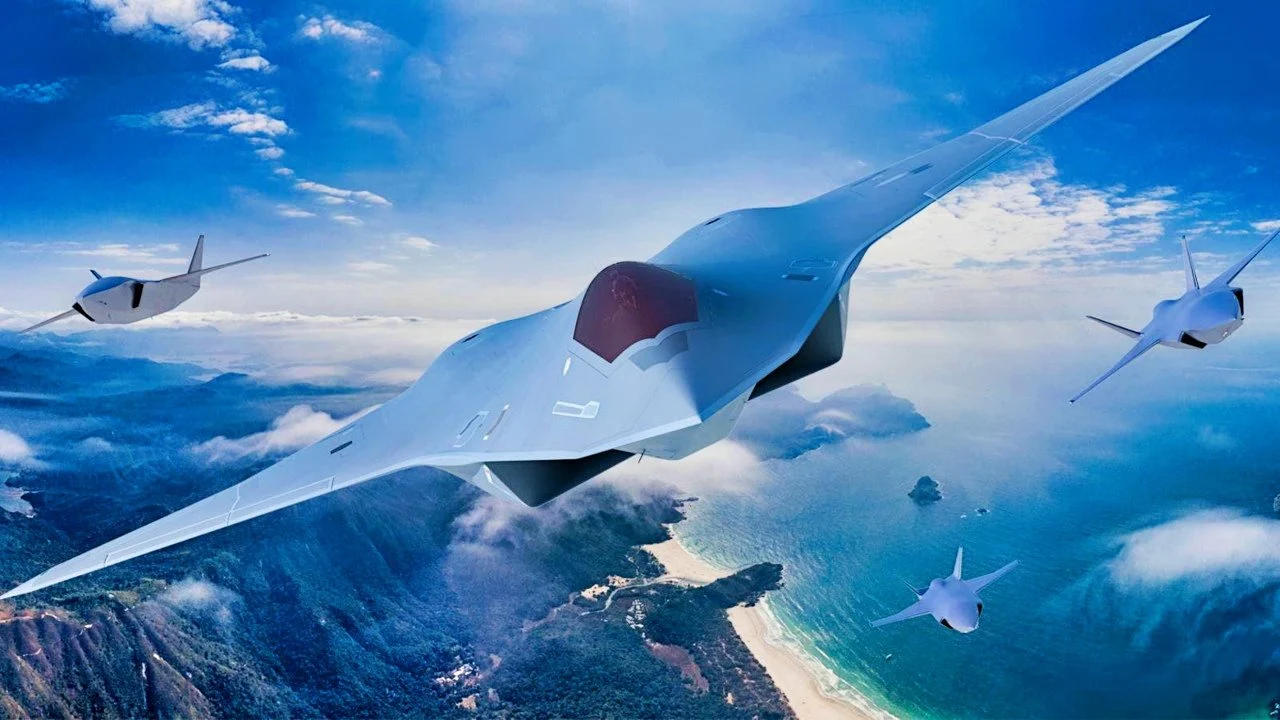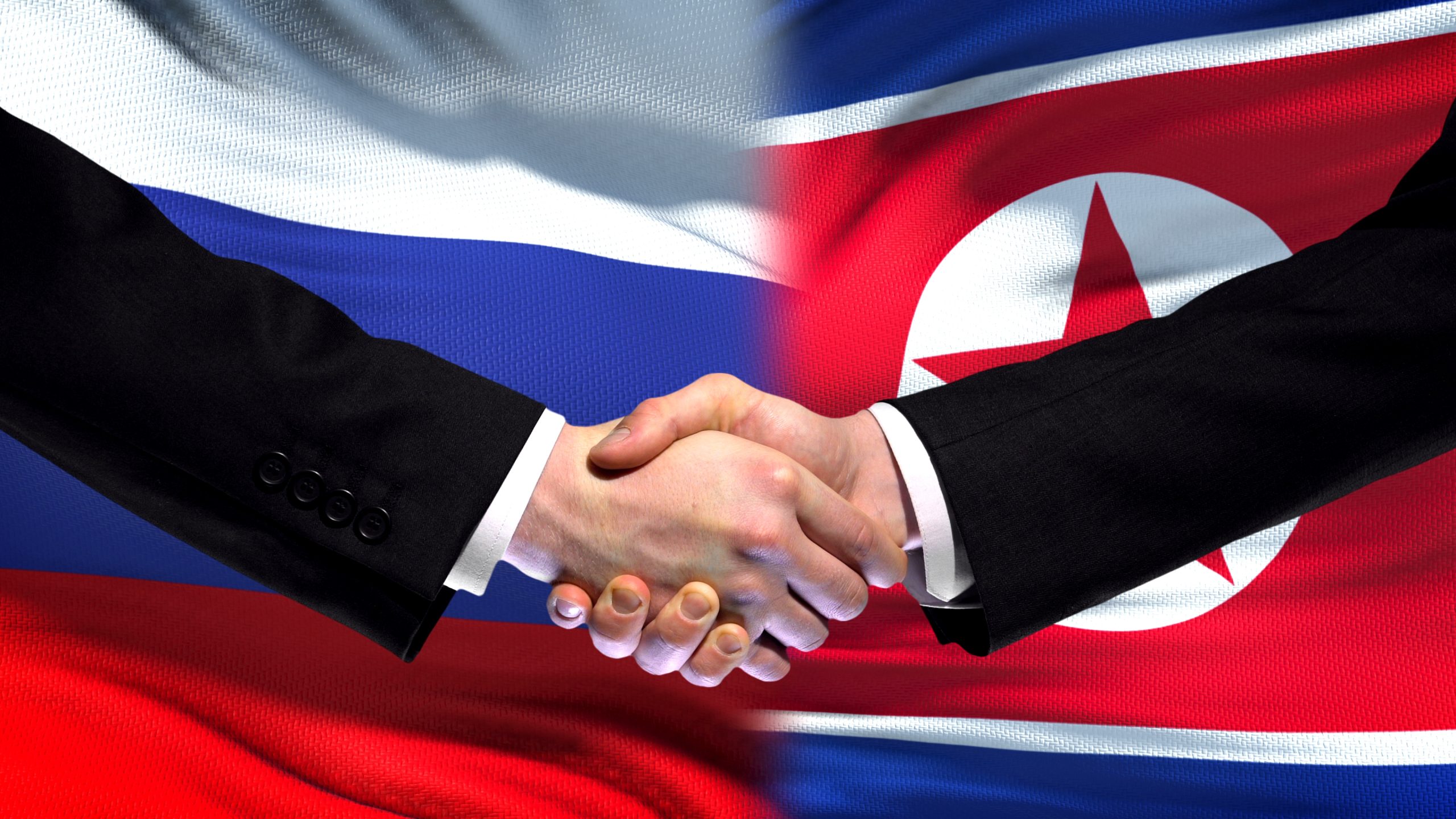
Geostrategic Landscape and Emergence of India
Fri, 25 Sep 2020 | Reading Time: 8 minutes

COVID 19, has undoubtedly been the biggest disruptor in centuries. The pandemic caused by the made in China ‘Corona Virus’ has challenged the existing world order. The world has changed, taking a major economic hit, with millions out of work. While the world and India in particular still battle the pandemic, not so successfully, seeking an elusive vaccine, it is time to look at an insecure and uncertain future. The emerging world order post COVID 19 will throw up new equations and challenges. While India faces major challenges in battling COVID19 and China’s ‘Military Coercion’ along the Line of Actual Control (LAC), there is a need to look ahead and read the contours and structures of an emerging world order and more importantly the many challenges and opportunities such events are likely to throw up in the Indian context.
As the ‘Balance of Power’ shifts from West to the East and China gets ready to challenge the US supremacy, India will be the balancing power. India’s stance, however, should be driven by its national interests, and hence will need to ensure a fine balance between the “balance of power’ and ‘balance of interests’. The emerging Geopolitical and Geostrategic architecture will dictate the world order for this century and India should ensure its rightful and just place in the comity of nations as a global leader.
It is increasingly evident that the world is undergoing rapid and unexpected changes, described by some as tectonic shifts. The world is in a transition, driven by rapidly evolving security and technological challenges, causing stresses in international order and transforming the global hierarchies. The need to craft an appropriate response, aimed at shaping an international environment conducive to India’s development and security, is imperative.[1]
In the 2030s, India is expected to surpass the United States (in PPP terms) and become the world’s second largest economy, behind China. Alongside this Indian emergence, the international order is undergoing significant change as well, with power increasingly diffused among states as a new, multipolar geostrategic landscape begins to emerge with fresh layers of complexities. These developments have the potential to position India as the world’s most influential democracy in the second half of the 21st century, giving it the ability to shape the geostrategic landscape in Indo-Pacific region and the dynamically evolving global order.[2] India hence needs to urgently redefine its geostrategic landscape and reset its geostrategy with four complimentary national aims:
One – ‘Transform India into a Modern, Prosperous and Secure nation’ to ensure the well being of the 1.3 billion people’
Two – ‘Position India as a global leader in the comities of nations to project and protect its national interests’
Three – ‘Deter China’s aggressiveness along the Line of actual control’
Four – ‘Change Pakistan’s behavior to minimize the costs of the proxy war’
The last two aims are imperative to ensure long term peace, stability and development, a prerequisite for the well being of the people of India.
India’s foreign and defence policies seek to provide a peaceful and enabling environment for achieving transformative national growth and development. A complex and increasingly unpredictable interplay of regional and global developments characterize India’s geostrategic landscape. Guided by the principles of strategic autonomy and mutually beneficial cooperation, India continues to address the wide spectrum of conventional and non conventional security challenges by pursuing constructive engagement with partner countries at the bilateral, regional and global levels. [3] India seeks a multilateral world order.
Geostrategic Landscape
In June this year India scored a major diplomatic victory to enter the non-permanent category of the UN Security Council when elections were held for the five non-permanent members winning 184 votes out of 192 valid votes cast, indicative of acceptance of India’s growing Geostrategic importance and leadership role. Its relationship with major countries such as the USA, Japan, Israel, Russia, Australia and groupings of countries like Europe, West Asia, Africa, Latin America and the ASEAN is of special importance for safeguarding its national interest and regional peace. US continues to be the sole super power with a strong military, leading economy, technology superiority, an academic environment and human resource development which has a cumulative effect on its global stature, however, the US now looks inwards with its “America first” policy. US sees China as an emerging competitor and a rising Asian power capable of challenging the US influence in Indo-Pacific region and elsewhere in the world. The Indo-Pacific region is an emerging geostrategic and geo-economic concept that has been gaining significance in the security domain. It is the geographical connotation of the area which covers the Eastern Coast of Africa through Indian Ocean and Western Pacific Ocean. It has recently gained wide acceptance in geopolitical circles. Therefore, the US has been reinvigorating its military posture in Indo-Pacific and recognizes India as a major player in the emerging security architecture of the region. A grouping of the US, Japan, Australia and India is at a nascent stage and the US and India have evolved a 2+2 dialogue architecture for nurturing this relationship further. The National Security Strategy 2017 document of the US states that “We welcome India’s emergence as a leading global power and stronger strategic and defense partner. We will seek to increase quadrilateral cooperation with Japan, Australia, and India”.[4]
The document further states the “We will expand our defense and security- cooperation with India, a Major Defense Partner of the United States, and support India’s growing relationships throughout the region.”[5] Japan, the other partner in the Quadrilateral Security Architecture is a prominent economic and technological global power. With the third largest economy and all around sea fortress, Japan is in the process of developing formidable defence forces. Its naval resource is next only to the US. Common perceptions about the emergent long term security challenges could lead to technology sharing between Japan and India for mutual benefit. Japan’s growing adversarial relationship with China on issues such as the Senkaku Islands in the East Sea and nearly saturating bilateral trade may facilitate enhanced cooperation between India and Japan.
China’s PLA stands fully modernized and re-organized for fighting theatre wars like the one of the US military. Its increased military budget along with an efficient defence industrial base has been producing near world class fighter aircraft, ships, submarines, armoured fighting vehicles, missiles and other related systems. One party rule in China with assured stability of tenure for its leadership is adding to its speed and efficiency for achieving designated national goals like, 2025, 2035 and 2050 by which China is likely to challenge the US for super power status. China has launched itself into a growth trajectory through its Belts and Roads Initiative by which it plans to achieve a sustained respectable growth for the country and prosperity for its people. Its investment in the African countries has earned itself the title of Howard W. French book, “China’s Second Continent.” China’s influence in the neighborhood of India has grown considerably over a period of time. Its CPEC program has virtually extended its infrastructure reach to Pakistan to mimic it like an undeclared province of China. Seeking an opportunity as the world battles the pandemic China has demonstrated an unheard of arrogance with its aggressiveness against not only India, but also in the South China Sea, East Sea, Taiwan, Vietnam, Japan, Indonesia, Malaysia and Philippines. China is exploiting a three-pronged approach at the Geostrategic level, this being ‘Debt Trap’, ‘ Wolf Diplomacy’ and ‘Military Coercion’ , as it executes the ‘Three warfare Strategy’ to subdue nations for the expansionist designs. China indulges in its tried and tested strategy of ’military coercion’ with the aim of imposing its will on India. Unfortunately China misjudged India’s resolute response at the military, diplomatic, economic and political domains.
Economic compulsion of Russia which is facing western sanctions has increased its dependence on China which the latter is exploiting to its advantage. Russia, a former super power continues to maintain a semblance of its earlier status. Despite the economic downturn, its military might is next to none. Its transformation from a single party rule to a modern multiparty democracy is still a work in progress. The political leadership has given itself a stable government. Its unmatched modern weapon system is finding buyers even among the members of the western military alliances. India is Russia’s major defence importer. Nearly 65 percent of the Indian military hardware is of Russian origin. Russia continues to be India’s dependable partner, its continued partnerships with India in the space, nuclear, shipbuilding and other domains adds to strength to Indo-Russia friendship. India has maintained a healthy relationship with Russia and the Western countries in spite of their adversarial relationship especially over Crimea and Ukraine issues.
IOR is of special geostrategic importance to India. IOR interconnects the Atlantic and the Pacific Oceans. 40 percent of the world’s trade passes through it. 80 percent of China’s energy requirement passes through Indian Ocean. On the other side of the Indian Ocean and extending into the Pacific Ocean, ASEAN Countries hold a special significance for India. PM Modi’ Shangri-La dialogue address on 09 June 2018 spells out the core points of India’s Act East policy. Indonesia, Malaysia, Singapore and Myanmar (four ASEAN Countries) are in fact immediate neighbors of India with whom India has friendly relations. West Asia continues to be strategically critical as India has strengthened its relations with most countries. India’s interests in this region are prominent by way of its source of hydrocarbon supply and presence of a large Indian Diaspora. India’s geostrategic importance can be gauged from its balanced but close relations with Israel and Palestine as also with Iran and Saudi Arabia. The Indian Diaspora of over four millions cements our cultural and economic relations.
Nearer home immediate neighbors Bangladesh, Bhutan, Nepal, Maldives, Myanmar and Sri Lanka have friendly relations. Though, of late Nepal’s communist ruling party has raised the boundary issue purportedly at China’s behest and the relations seem to be at an all time low. India is required to maintain vigil and respond proactively and appropriately to the changing developments in the neighborhood addressing their genuine concerns and ensuring peace and stability in the region. Pakistan as the epicenter of terrorism is going through uncertain times due mainly their domestic problems, economy and instability. Pakistan’s state sponsorship of terrorism and India’s policy of no dialogue till terrorism support is ended by the Pakistan has put Pakistan under pressure. The surgical strikes post Uri and the precision Airstrikes post Pulwama have demonstrated an unprecedented strategic resolve by India in raising the cost of Pakistan perpetuated terror attacks. India continues to oppose the CPEC project in Pakistan on the sovereignty issue.
In spite of the denial of the land routes to Afghanistan by Pakistan, India’s development projects in Afghanistan have earned a lot of good will for it. India’s relationship with CAR countries is going to deepen further through the SCO partnership. India’s trade with these countries is on the increase. Kazakhstan will continue to feed India’s nuclear reactors and Turkmenistan will provide clean gas energy to India in the years to one.
India’s security concerns are impacted by a dynamic global and regional security environment. As India transforms from an emerging and rising power to a risen, responsible power and a net security provider in the region, India will need credible military capabilities to meet future security challenges, ensure peace, project military power to safeguard national interests and assets including the domination of IOR, assist friendly foreign countries in times of crisis from unconventional threats and humanitarian assistance and disaster relief (HADR). India needs to fine tune the need for ‘Strategic Autonomy’ and ‘Bind to Balance’ to meet and mitigate future economic and security challenges, especially the China threat.
Every challenge also throws up opportunities and so has the present pandemic. This is an opportunity for India to assert its rightful position as a global leader, reaching out to the neighborhood, extended neighborhood, South East Asia, West Asia, African nations, US, Israel and the West. India’s geo-strategy is predicated on its national aims and objectives and a desire for ‘Security and Growth for all in the Region’ ( SAGAR), despite the ever present security threats from its Northern and Western adversaries. The challenge for India is to ensure a vibrant economy, a self reliant, responsible, risen and resurgent India, a global leader in the emerging post Covid world order, by positioning itself as a harbinger for inclusive peace, stability and development not only in the region but the world.
References
[1] https://www.mod.gov.in/sites/default/files/MoDAR2018.pdf
[2]https://www.weforum.org/agenda/2018/07/india-power-democratic-geostrategic-relationships/
[3] https://www.mod.gov.in/sites/default/files/MoDAR2018.pdf
[4] https://www.whitehouse.gov/wp-content/uploads/2017/12/NSS-Final-12-18-2017-0905.pdf. National Security Strategy of the United States of America DECE M BE R 2017, pp 46.
[5] Ibid pp 47.
The views expressed are of the author and may or may not represent the views and policies of Chanakya Forum.
Disclaimer
The opinions expressed in this article are the author’s own and do not reflect the views of Chanakya Forum. All information provided in this article including timeliness, completeness, accuracy, suitability or validity of information referenced therein, is the sole responsibility of the author. www.chanakyaforum.com does not assume any responsibility for the same.
Chanakya Forum is now on . Click here to join our channel (@ChanakyaForum) and stay updated with the latest headlines and articles.
Important
We work round the clock to bring you the finest articles and updates from around the world. There is a team that works tirelessly to ensure that you have a seamless reading experience. But all this costs money. Please support us so that we keep doing what we do best. Happy Reading
Support Us




















POST COMMENTS (0)